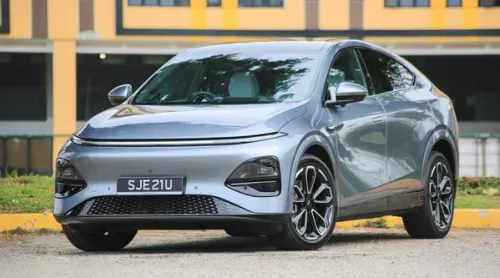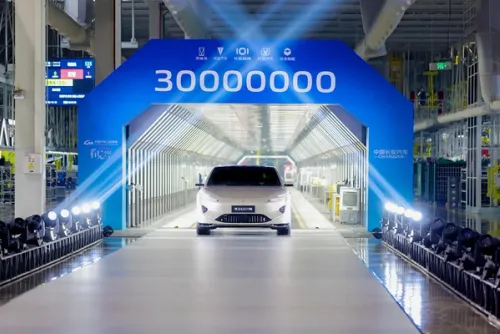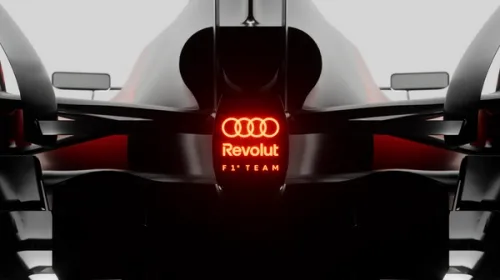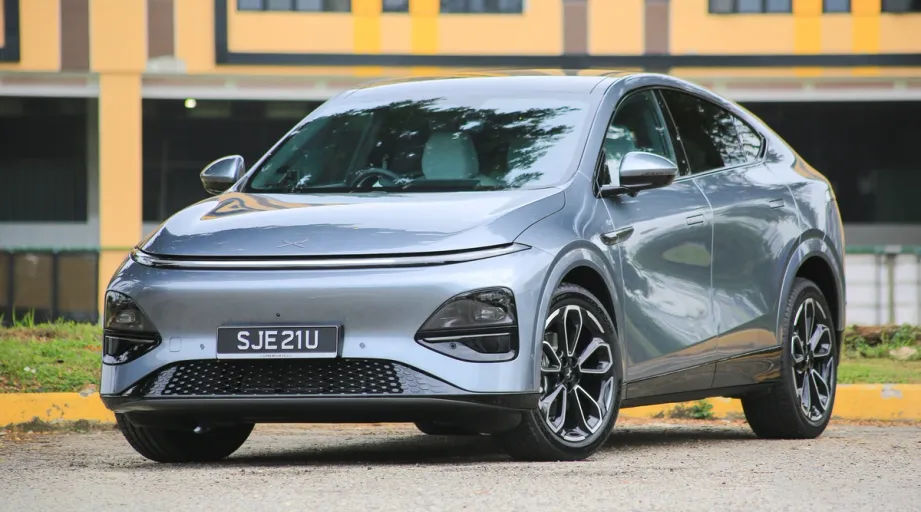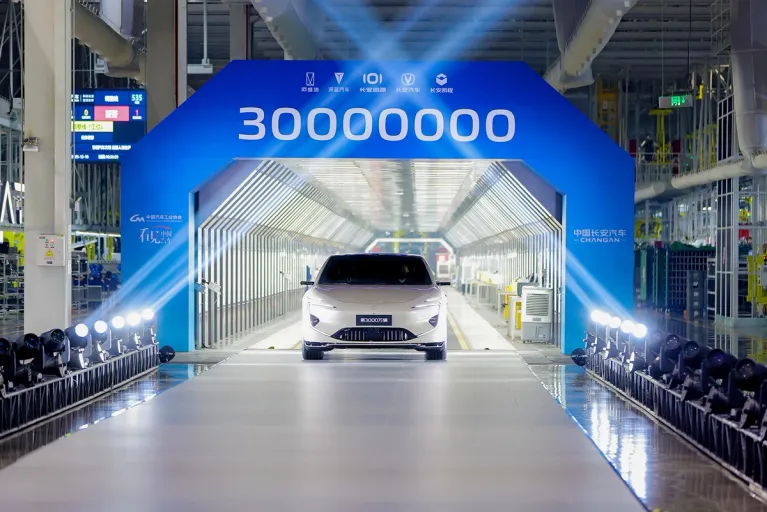Friend To All
Nissan brings to the market a 7-seater MPV that sends electric power to the wheels, yet also has a petrol engine solely to keep the battery charged. If you're concerned about range anxiety and are not yet ready to buy a fully electric vehicle, or if you are already looking at a parallel imported 7-seater hybrid MPV, the Serena is certainly worth considering.


The hybrid take-up in Singapore has certainly increased several folds in the last few years. It is a pity then that most of the selection has, so far, been from the parallel importers, who have been quicker to bring them to market. If you wanted to go by the authorised dealer route, and were looking for a 7-seater full-sized hybrid MPV, you didn’t have much of a choice for anything below $150,000.

The Serena e-POWER fills that gap in the market nicely, being offered at a price that is just above that (or on par, depending on version) of the parallel imported Toyota Noah/Voxy/Esquire. It takes a unique approach by having an electric powertrain first and foremost, and then a petrol engine used solely to charge the battery. The last time we have seen an arrangement like that was in an electric BMW i3 with a petrol engine as a range extender. The similarity is that it’s not the petrol engine that drives the wheels but actually the electric motor.
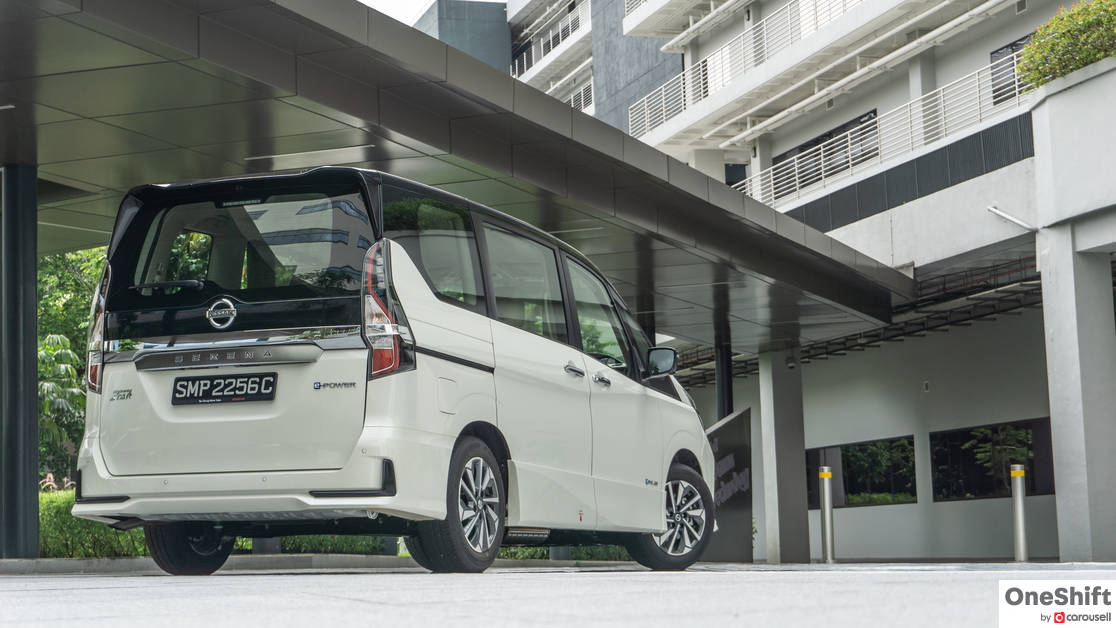
It’s Nissan’s first e-POWER electrified powertrain in Singapore and we can expect this technology to roll out to other models within the range. Therefore, whatever we find on this test drive will be indicative of what to expect in future Nissan models - which will be fully electric by 2022, according to Nissan.
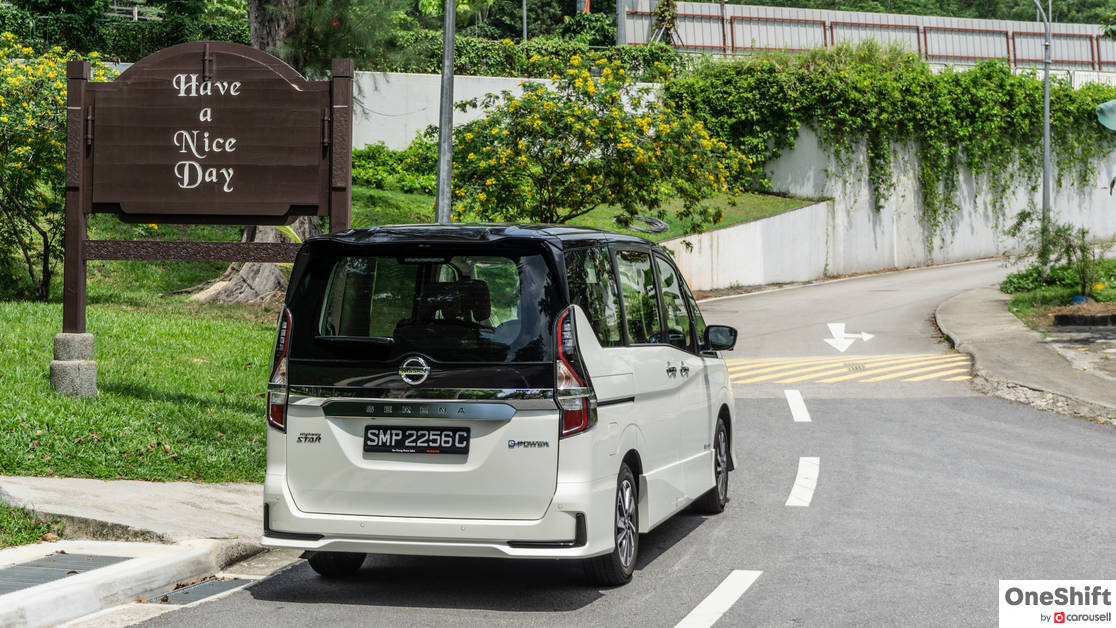
The Serena e-POWER hardly gives any hints from the exterior of its clever drivetrain underneath. As far as cars of this type go, it seems like only the Japanese dare to build something as boxy as a fridge and expect to sell it in 2019. But you know what, people (and I am one of them) aren’t too bothered by its appliance-like looks, because it maximises practicality. So while the Serena e-POWER isn’t a looker - far from it - it does have a huge front grille so you definitely won’t miss it on the road, and two-tone paintwork to keep it interesting.
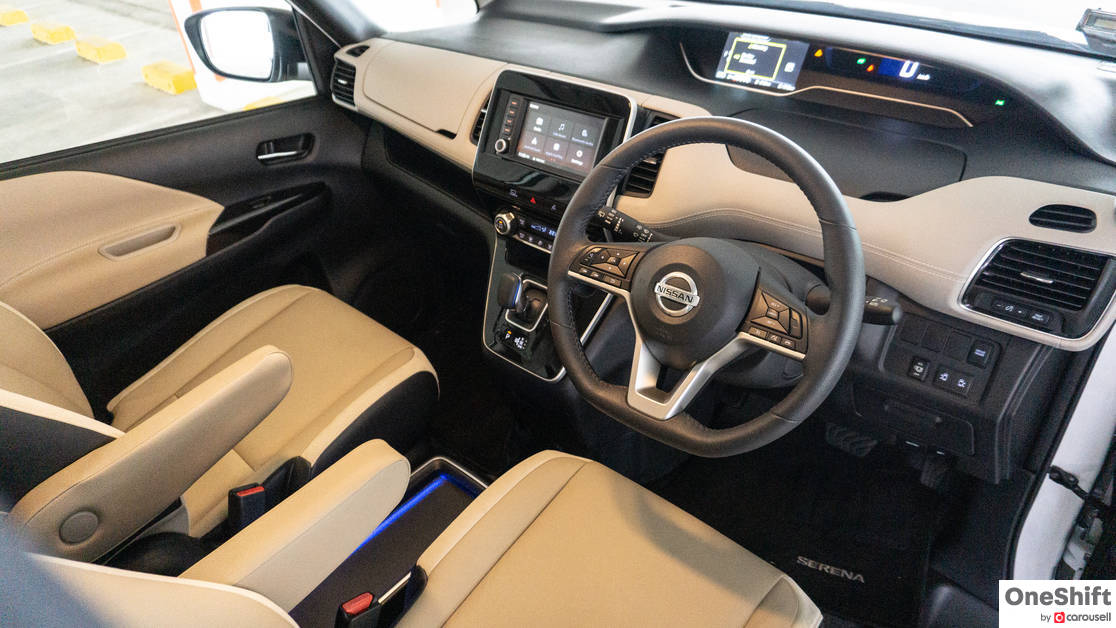
There are some nifty features that show Nissan thinks not just for the driver, but the whole family. The interior ceiling height is 1.4m so children can literally walk through the cabin without stooping down. There are so many storage spaces - almost too many to count - and the one in front of the steering wheel even has a built-in USB port to charge your phone. The sliding doors can be foot-operated so long as you have the key with you, so loading up while your hands are full is a cinch. The rear tailgate has a dual opening function, so while the whole tailgate is enormous, you can open only half of it in tight spaces. The second row can be adjusted as individual ‘chairman’ seats or joined together as a bench, and can recline. There are also sunblinds and fold-out picnic tables for the second row.

There are a total of 9 seating arrangements, but the layout is essentially the same - two sits at the front, two in the 2nd row and three in the third. It is a little cramped in the third row for three though. Once you put up the 3rd row, the luggage space shrinks to a minimum as well.
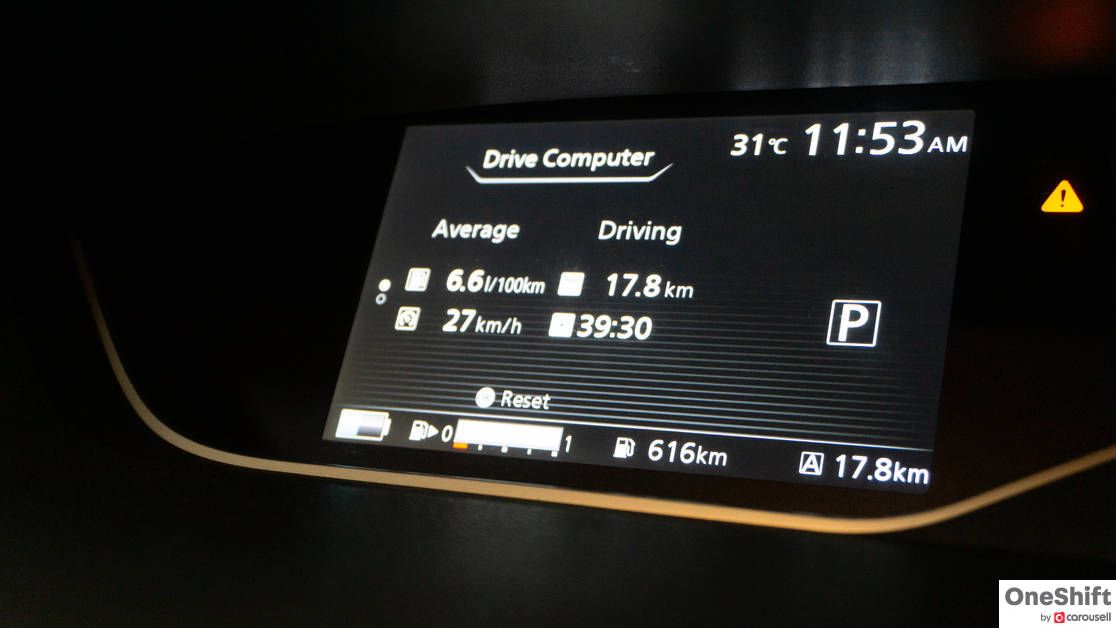
The materials used in the cabin can feel pretty entry-level. There are some nice touches, like the stitched leather panels that stretch across the dashboard, but it is mostly very utilitarian and workman-like. I suppose it’s no bad thing because it also seems tough and resistant to abuse (those with kids will understand).

The infotainment screen looks fairly dated and is comically small when compared to the size of the car. Thankfully, it has Apple CarPlay/Android Auto compatibility and it works perfectly despite being quite low-resolution.
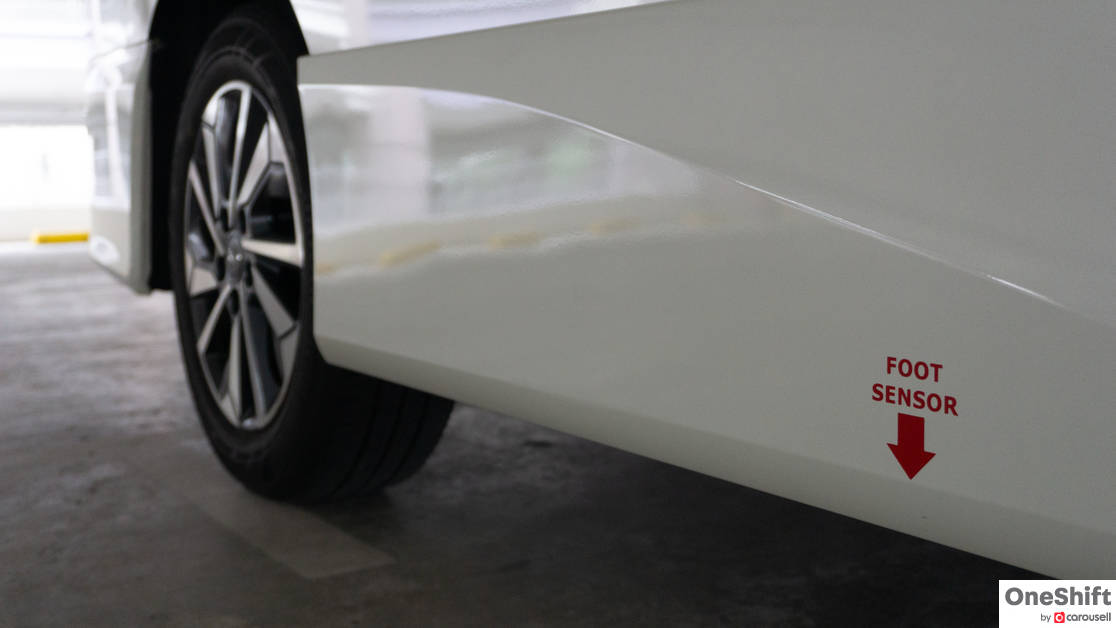
Safety-wise, the car is equipped with 6 airbags, Intelligent Driver Alertness (detects driver fatigue), Intelligent Around View Monitor (although this is projected onto a tiny screen) and the cutely named Approaching Vehicle Sound for Pedestrians (VSP) system. It’s worth noting that many parallel imported models of this kind are missing some of these specifications one way or another, something that isn’t taken into account often.
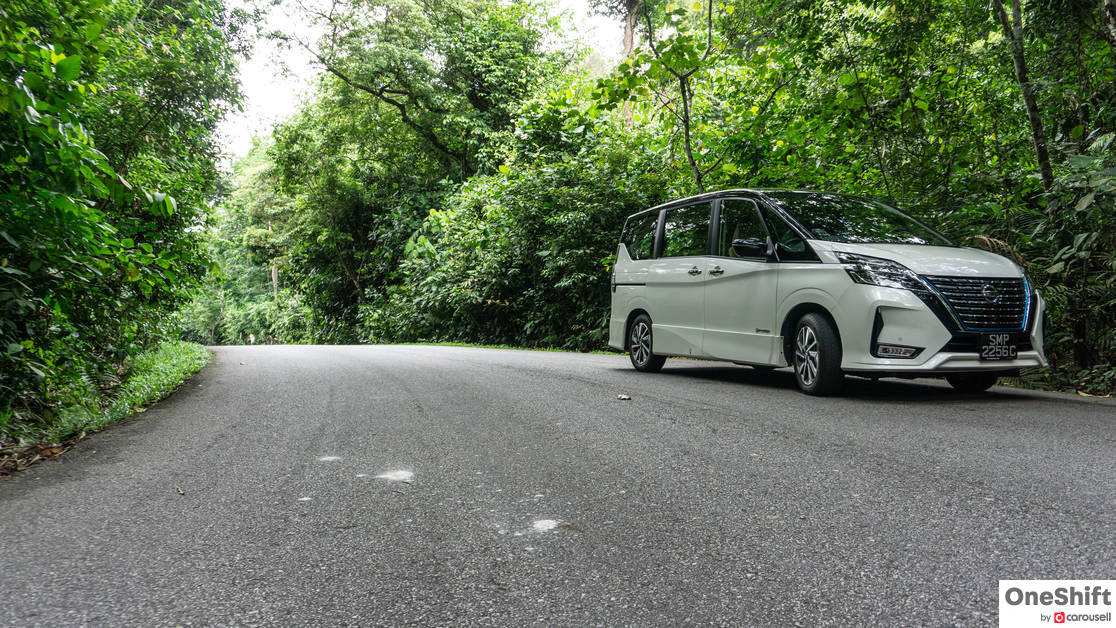
The car weighs 1,750kg. You would think this may hinder its progress, but be prepared to be surprised. Because the electric motor drives the wheels and not the petrol engine, there is 320Nm of instantaneous torque on tap. This gives the car very sprightly performance, certainly much better than if it was equipped with a conventional hybrid system. It’s no fire-breathing monster, but it’s politely good pick-up. With that, the car could be driven spiritedly, but you’d rather take it easy because the steering is lazily geared and doesn’t give much feedback. That said, the low centre of gravity does make the car surprising maneuverable.
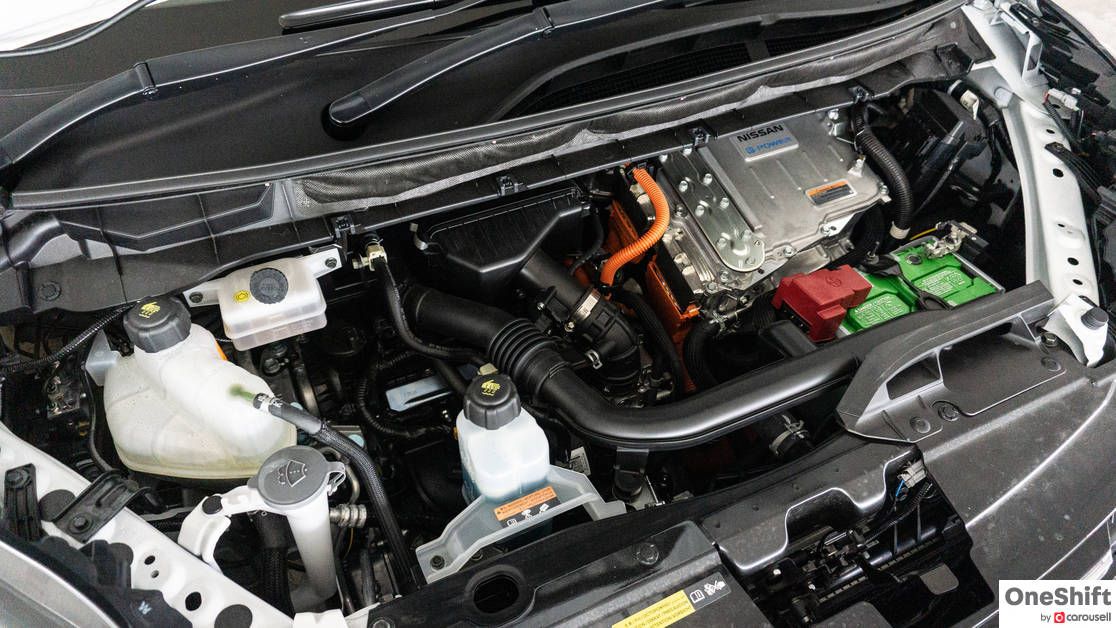
You could say it is in between a traditional Hybrid Electric Vehicle (HEV) and a Plug-in Hybrid Electric Vehicle (PHEV), because like the former it offers the ability to drive without ever having to charge, yet it gives electric drive like a PHEV when its engine is off. And, unlike a HEV, the e-POWER drivetrain is able to run only on its battery in more situations than expected.

Sure, when the petrol engine does turn on, it runs a little like a generator in the background during an outdoor event - not quite as noisy but you get the drift. You rather wish it is not there, but it does give you the ability to be free from range anxiety and the need to search for a charging station. Interestingly, when I called for more power, even though the engine isn’t connected to the wheels it too increased in RPMs - Nissan says this is to deliver more charge to a battery that’s draining more under load.
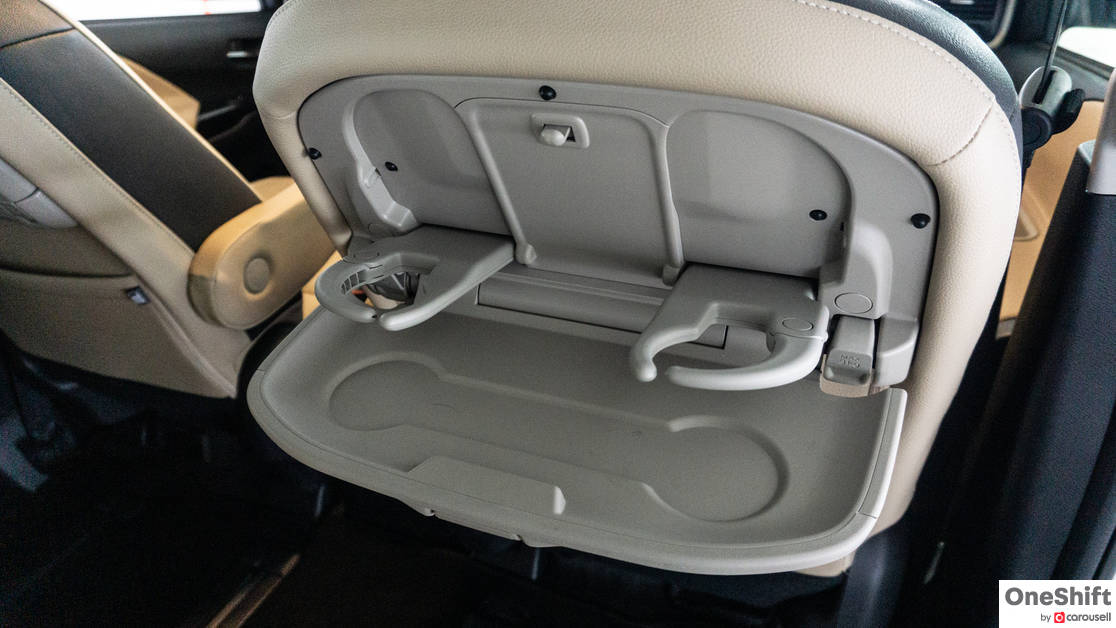
Even with the petrol engine on, the car is very quiet. Nissan specifically made some soundproofing measures such as damping material on the roof’s front side, front glass, front dash, hood and under the engine. Clearly Nissan also expected the petrol engine sound to be even more obvious with an electric drivetrain, hence these measures. It works well and the low noise levels can rival some luxury cars.
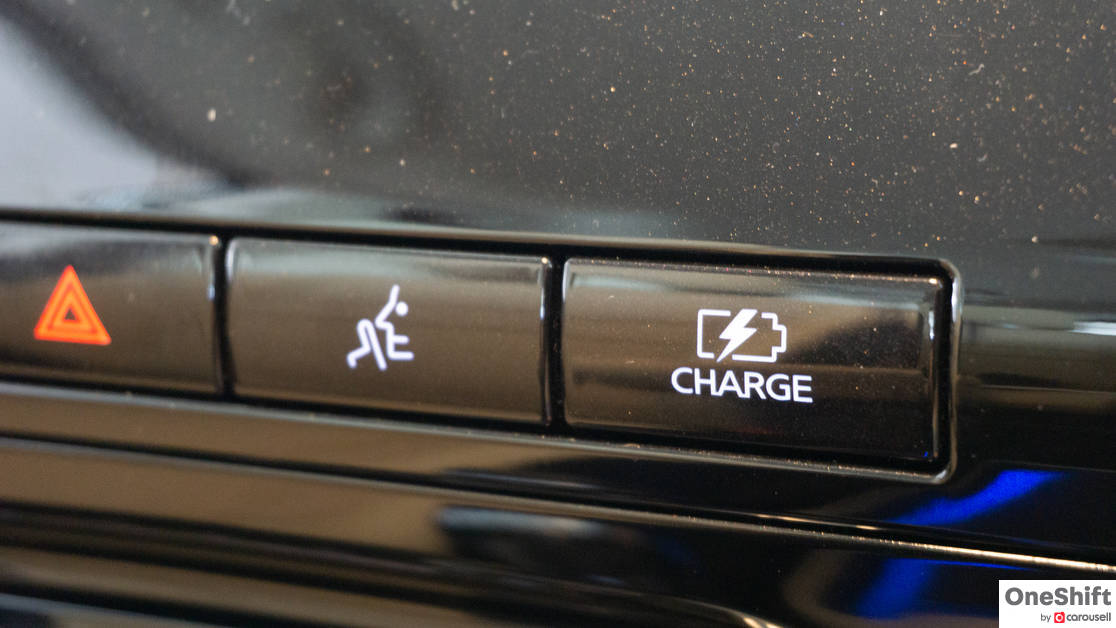
The e-POWER drivetrain comes with some unique features. There is a ‘Quiet’ mode, which temporarily stops the petrol engine from charging the battery, as well as ‘Charge’ mode, which runs the engine to charge the battery. Quiet mode only works within several parameters, so it doesn’t last for long when you switch it on, but at least it’s an option. You don’t really have to use Charge mode as well, as the car is intelligent enough to charge the battery on demand.

Both of these modes are only available when Smart or ECO mode is used. Smart maximises regenerative braking and acceleration, ECO is the same but cuts acceleration while there is also a Normal mode that reduces regenerative braking. In practice, it is Normal mode that feels the most natural to use if you’re used to a conventional internal combustion engine car, as it is easier to drive smoothly. The so-called One-Pedal Drive (without ever using the brake) is actually achievable in Smart or ECO, but I stuck more to Normal on the drive in the end.
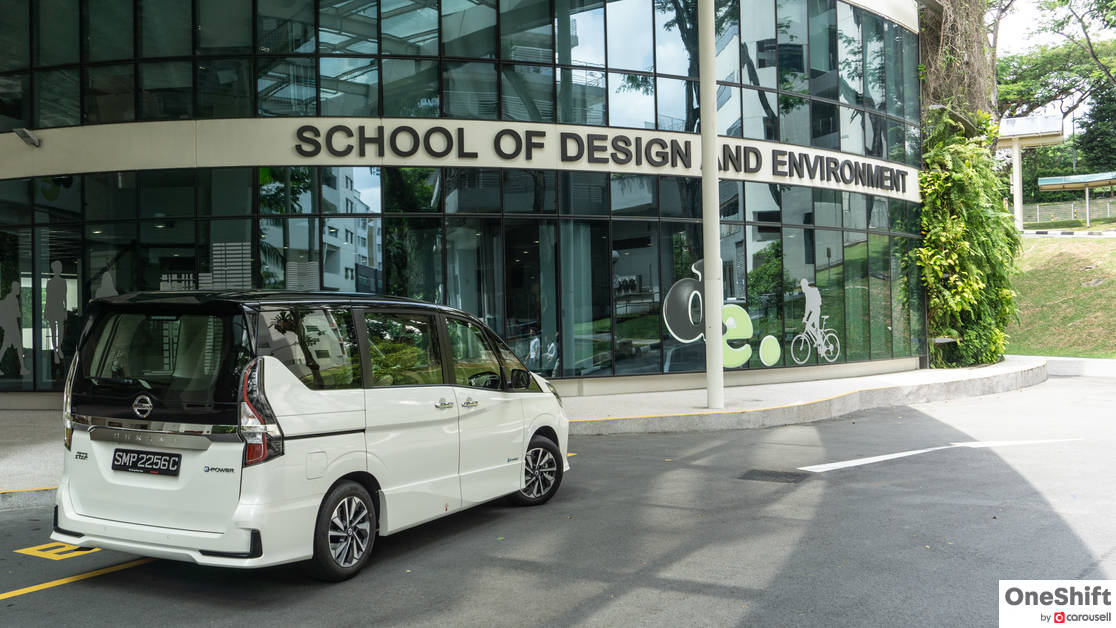
At the end of it all, electrification is meant to save fuel, right? The car was indeed very frugal for its size. At the end of the drive I achieved 9.1L/100km with fairly hard driving and a lot of idling. This is some way off the 5.4L/100km claimed fuel consumption, but I think with careful use of the throttle, it is possible to get much closer to that figure.
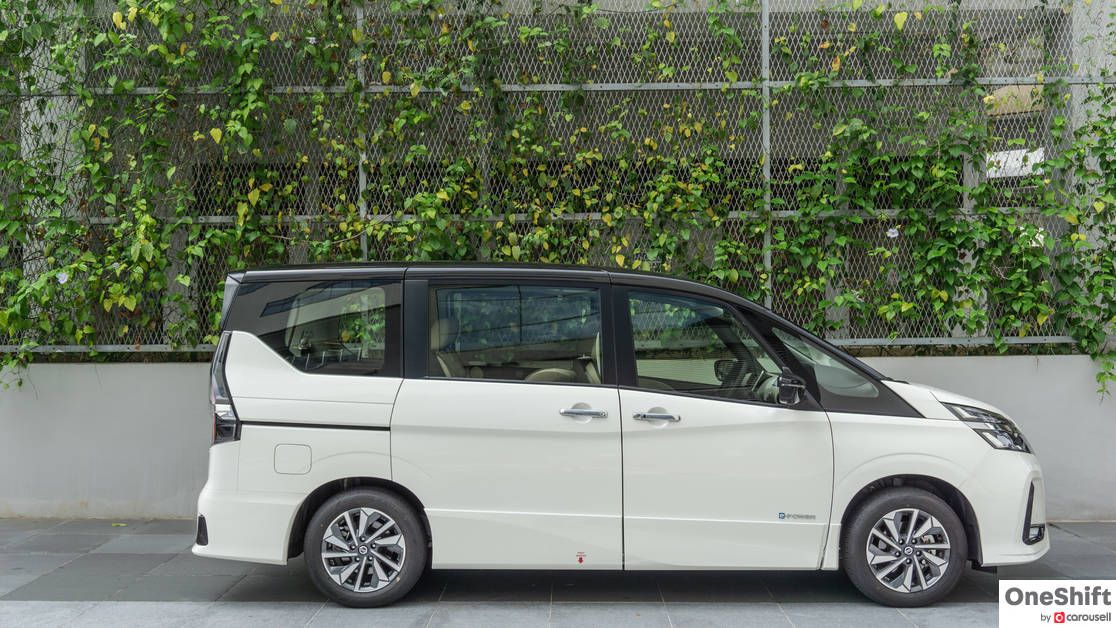
Nissan has taken its own approach in this age of electrification, and it is refreshing. We have driven hybrids many times and are sometimes let down by how little they actually run on the battery alone. The petrol engine cuts in pervasively and this dampens the tranquil experience. With the Serena however, you get the instantaneous torque that you need, so it relies less on the petrol engine and runs on the battery more often. This makes a huge difference in power delivery, noise levels and overall driver satisfaction. We like it so much that we think this could be the ideal way forward until PHEVs enter our market in a big way (as well the accompanying charging infrastructure).
Credits: James Wong




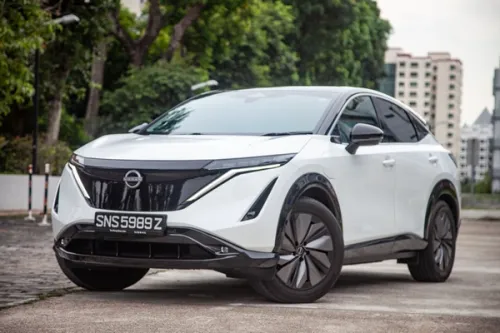
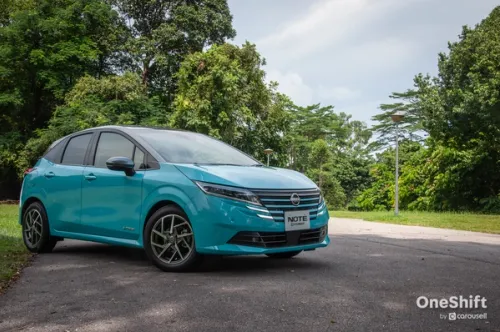


Get the Best Price for your used car
from 500+ dealers in 24 hours

- Convenient and Hassle-Free
- Consumer Protection
Transparent Process
With No Obligation
